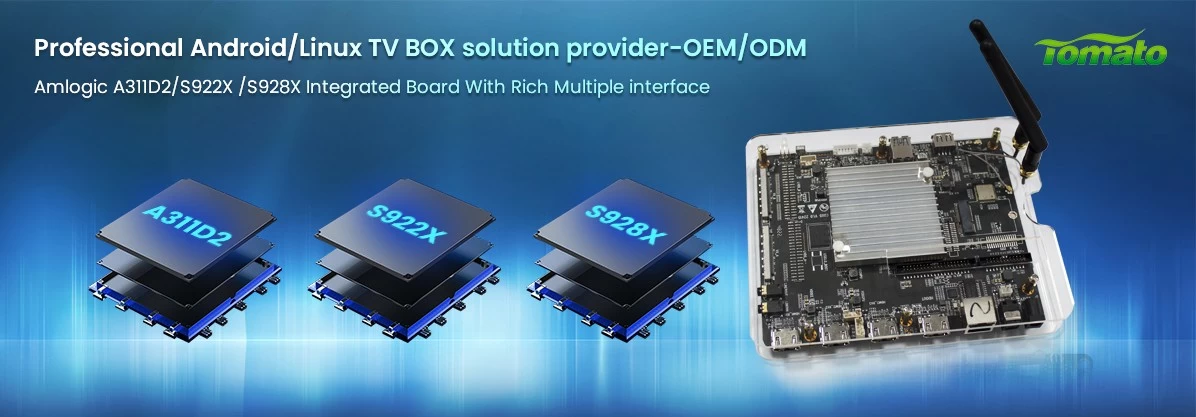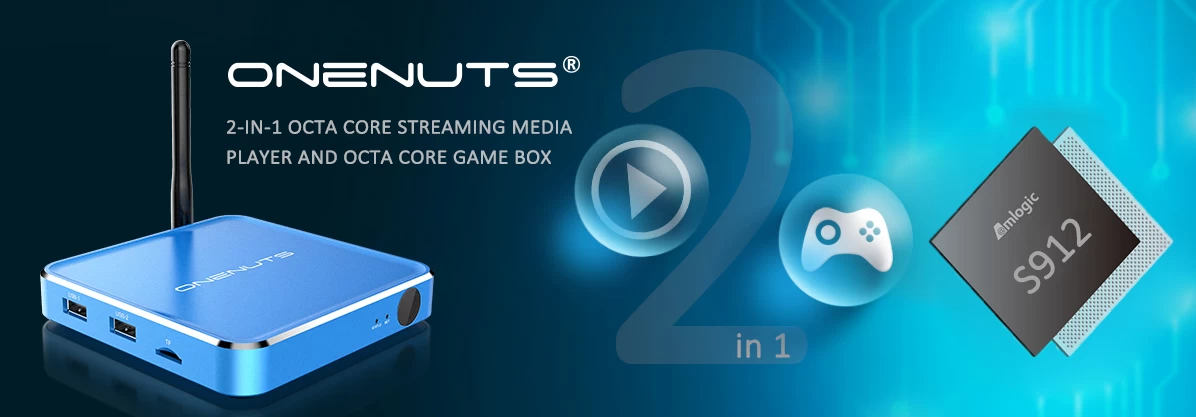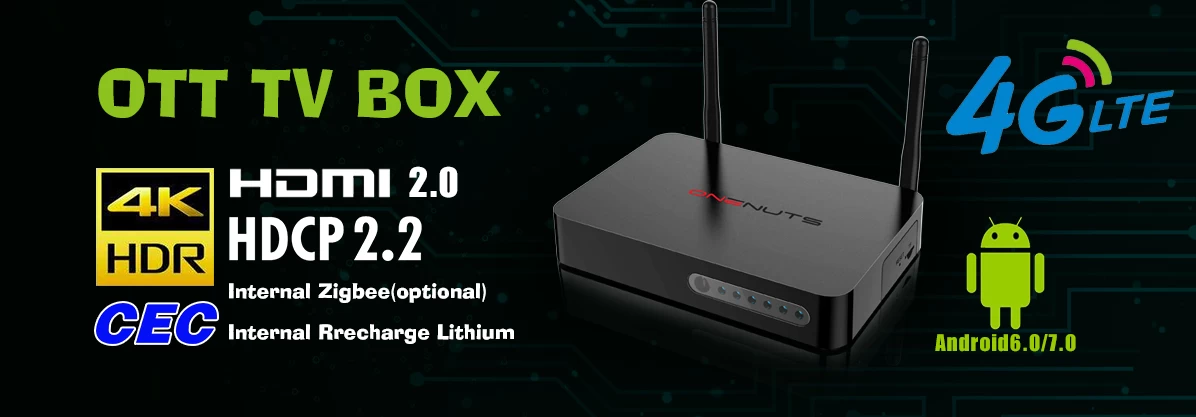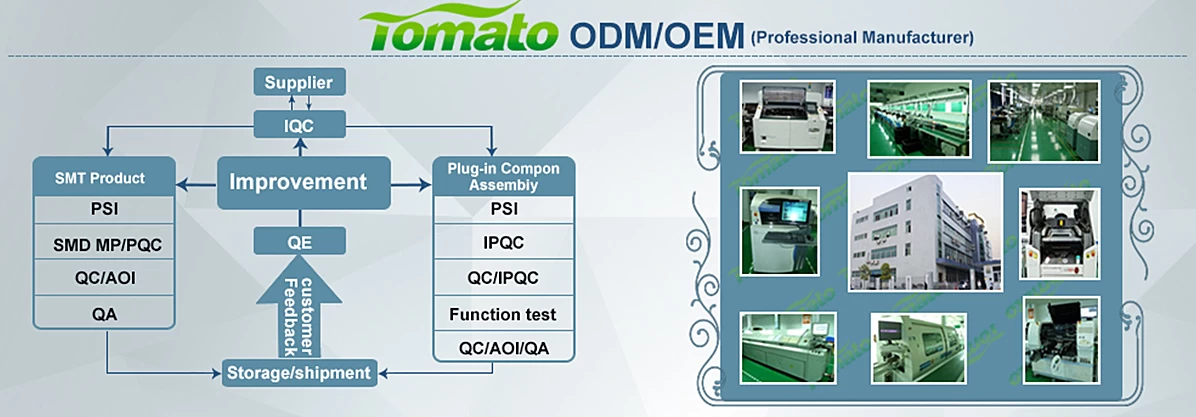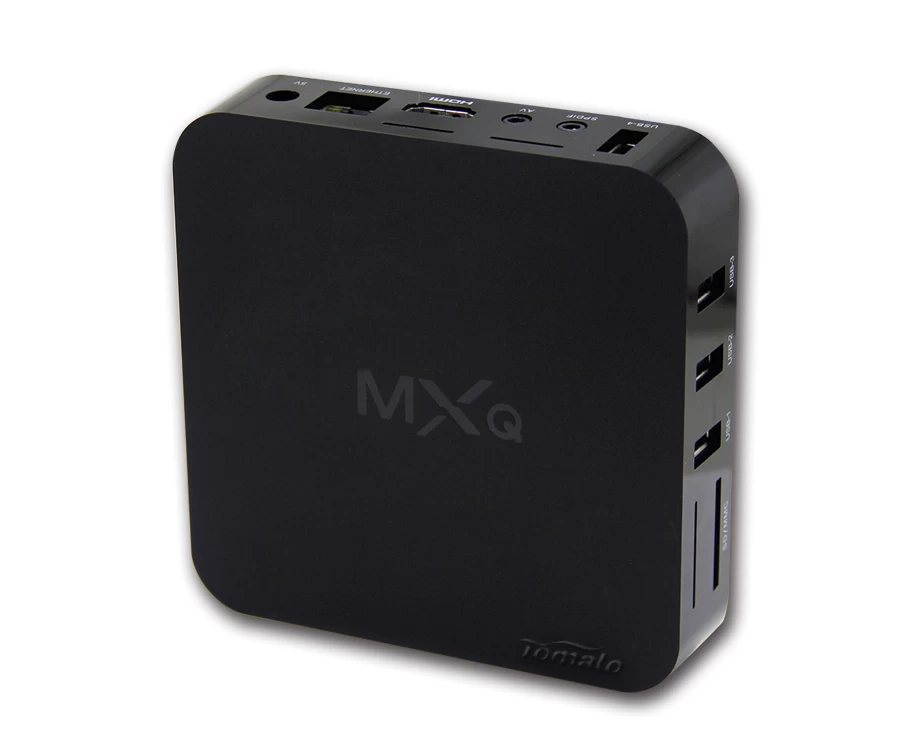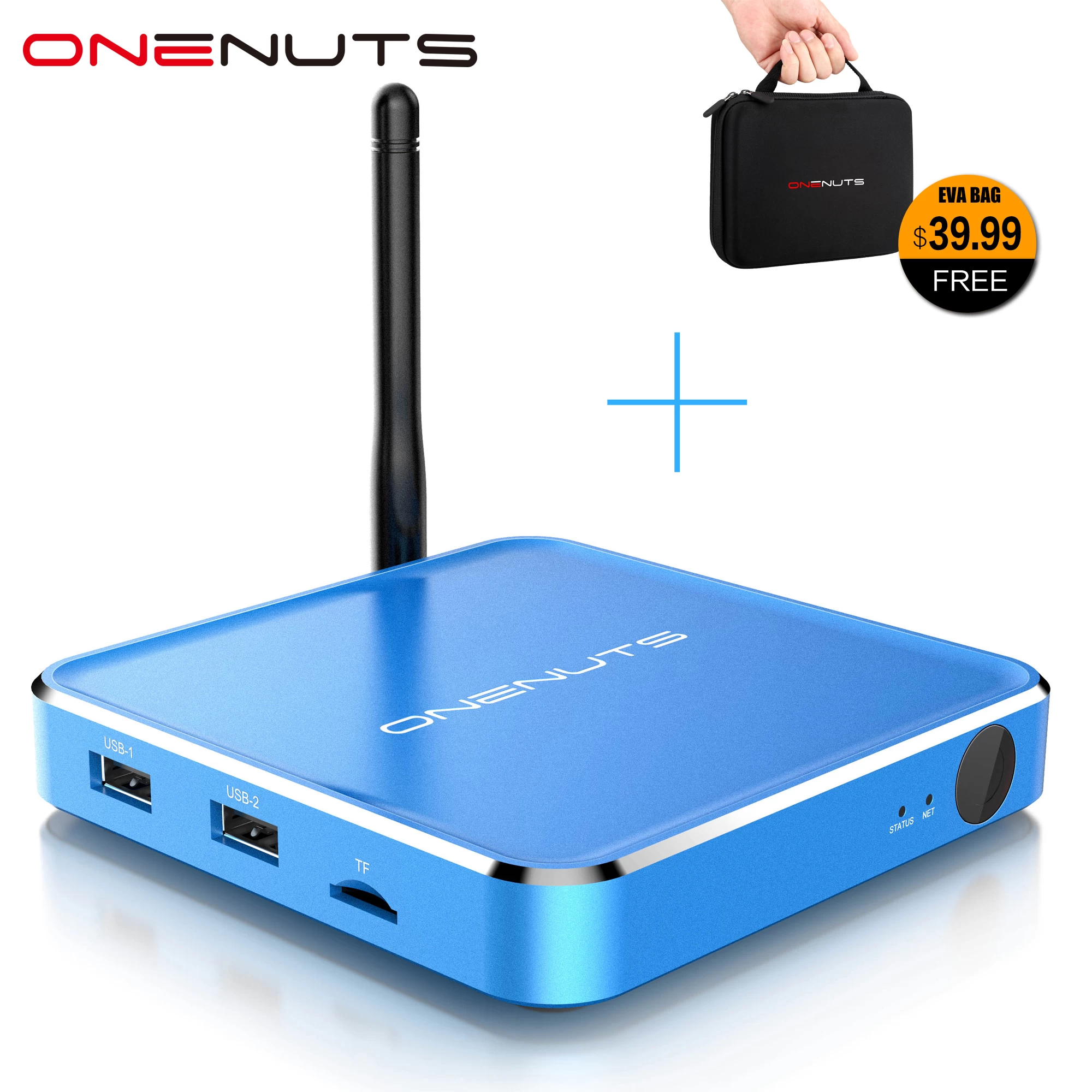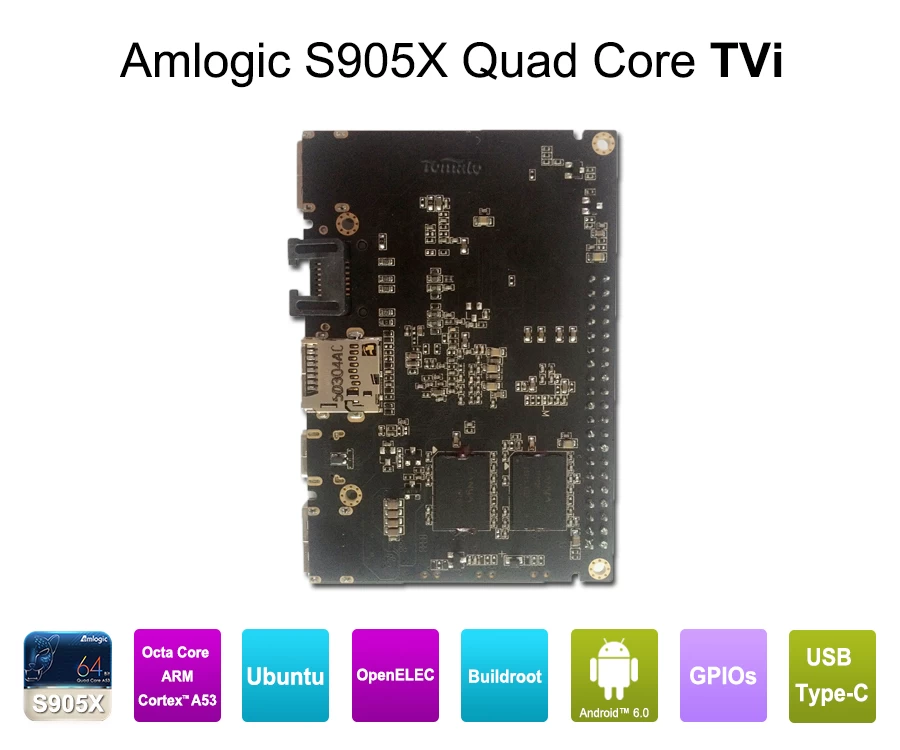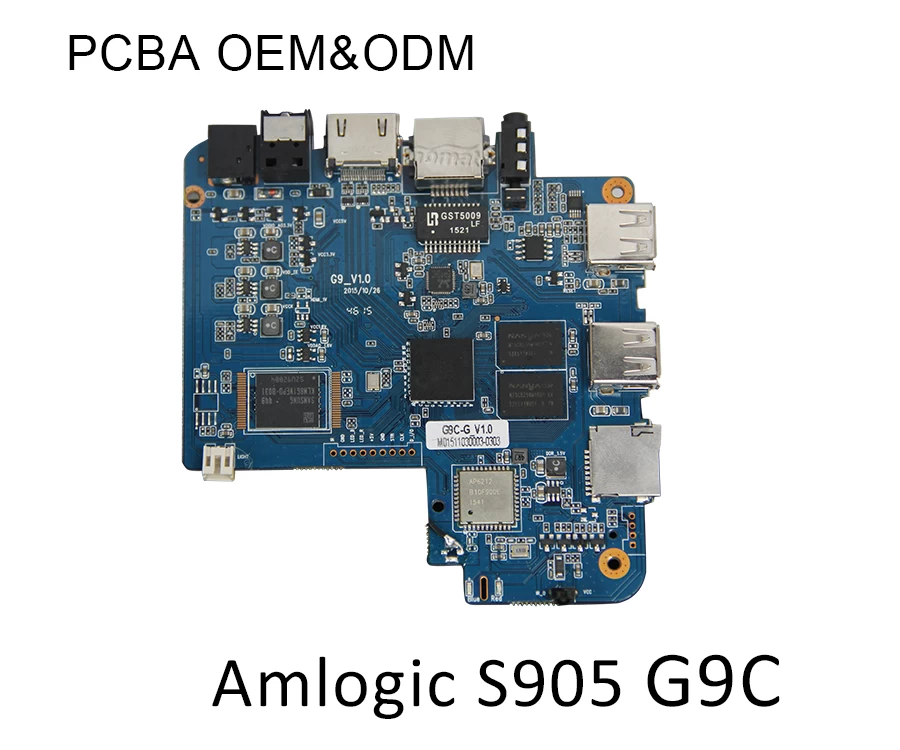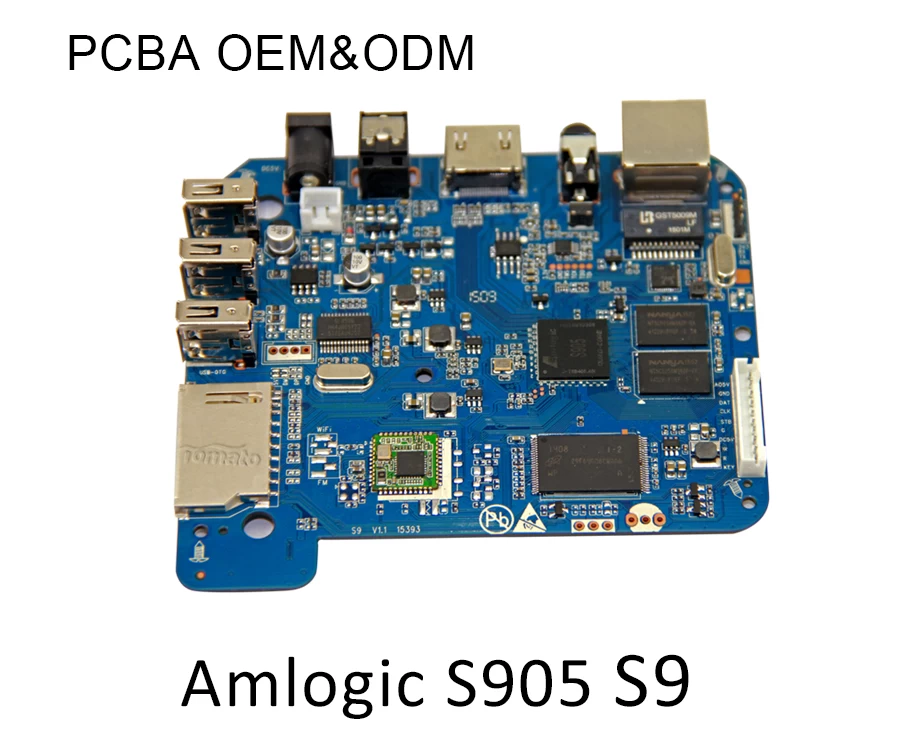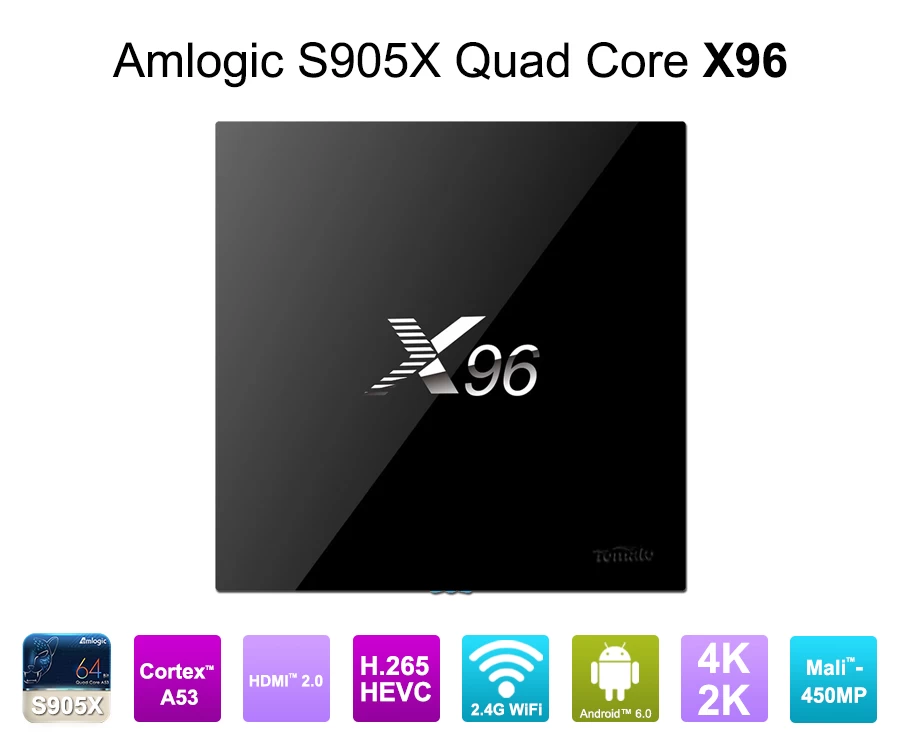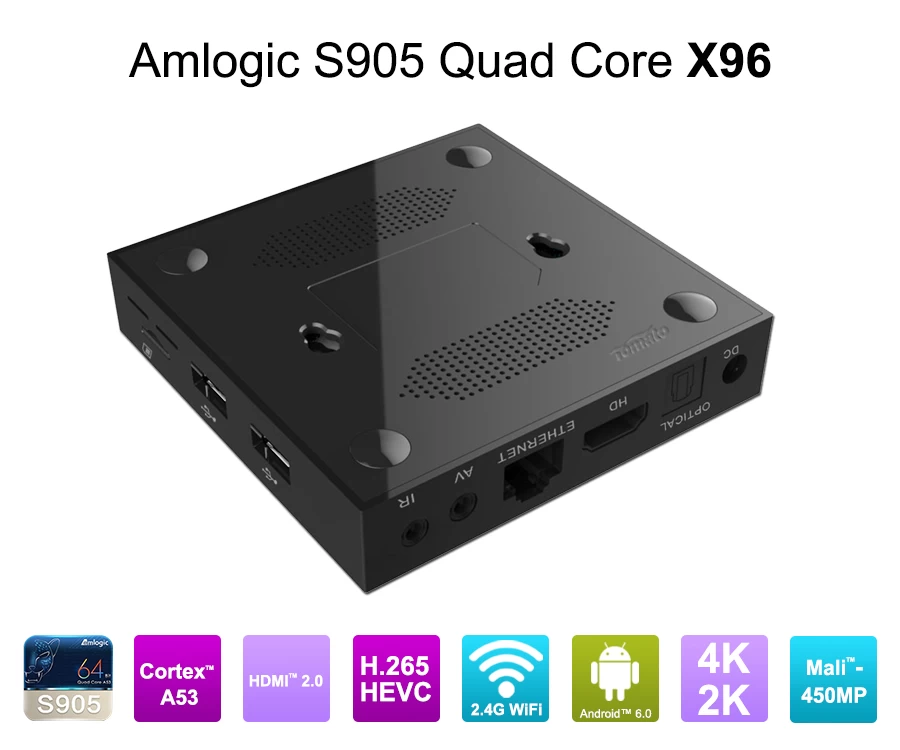Exploring the Future of Set Top Box Sales in the Global Market
Exploring the Future of Set Top Box Sales in the Global Market
Set-top boxes (STBs) have been a cornerstone of home entertainment for decades, transforming the way we consume television and multimedia content. As technology evolves, so does the functionality and popularity of these devices. "Exploring the Future of Set Top Box Sales in the Global Market" provides an in-depth analysis of this dynamic industry, focusing on the current trends, future prospects, and the key factors driving growth and innovation.
Introduction to Set Top Boxes
Set-top boxes are devices that connect to a television, allowing users to access a variety of content such as broadcast television, on-demand video, internet streaming, and more. Traditionally, STBs were primarily used to decode television signals, but modern devices offer a multitude of features including internet connectivity, gaming, and smart home integration.
Market Overview
The global set-top box market is experiencing significant growth, driven by advancements in technology, changing consumer preferences, and the increasing demand for high-definition (HD) and ultra-high-definition (UHD) content. According to market research, the global set-top box market is expected to reach $XX billion by 2025, growing at a compound annual growth rate (CAGR) of X%.
Key regions driving this growth include North America, Europe, and the Asia-Pacific. In North America and Europe, the demand is fueled by the widespread adoption of advanced television technologies and streaming services. The Asia-Pacific region is witnessing rapid growth due to the increasing penetration of digital television and the rising popularity of over-the-top (OTT) platforms.
Technological Advancements
Several technological advancements are shaping the future of set-top boxes. These include:
-
Integration with OTT Services: The rise of OTT platforms like Netflix, Amazon Prime, and Hulu has led to the development of hybrid set-top boxes that combine traditional broadcast television with internet-based streaming services. These devices offer seamless access to a vast library of content, enhancing the user experience.
-
4K and 8K Resolution: The demand for high-resolution content is pushing manufacturers to develop set-top boxes that support 4K and even 8K video playback. This advancement ensures that viewers can enjoy the highest quality visuals on their HD and UHD televisions.
-
Voice Control and AI Integration: Modern set-top boxes are increasingly incorporating voice control features and artificial intelligence (AI) to provide personalized content recommendations and improve user interaction. Devices with integrated virtual assistants like Amazon Alexa and Google Assistant are becoming more prevalent.
-
Enhanced Connectivity: The advent of 5G technology promises to revolutionize the set-top box market by offering faster and more reliable internet connections. This will enable smoother streaming experiences and the possibility of more interactive and immersive content.
Consumer Preferences
Consumer behavior is a critical factor influencing the set-top box market. Today’s consumers prioritize convenience, variety, and quality. Here are some key trends in consumer preferences:
-
Cord-Cutting: An increasing number of consumers are opting to cut the cord, moving away from traditional cable TV subscriptions in favor of streaming services. This shift is driving the demand for set-top boxes that can support multiple OTT platforms.
-
Smart Home Integration: With the rise of smart home technology, consumers are looking for set-top boxes that can integrate seamlessly with other smart devices in their homes. This includes compatibility with smart speakers, home automation systems, and more.
-
Gaming Capabilities: There is a growing interest in set-top boxes that offer gaming features. Some devices now come equipped with gaming capabilities, providing an all-in-one entertainment solution.
Future Prospects
The future of the set-top box market looks promising, with several trends likely to shape its trajectory:
-
Increased Focus on User Experience: As competition intensifies, manufacturers will focus more on enhancing the user experience. This includes developing more intuitive interfaces, better content recommendations, and improved customer support.
-
Expansion into New Markets: There is significant potential for growth in untapped markets, particularly in developing regions where digital television penetration is still growing. Manufacturers are likely to explore these opportunities to expand their customer base.
-
Sustainability: With growing awareness about environmental issues, there will be an increased emphasis on developing eco-friendly set-top boxes. This includes using sustainable materials, reducing energy consumption, and promoting recycling.
-
AI and Machine Learning: The integration of AI and machine learning will continue to evolve, providing smarter content recommendations, advanced voice recognition, and other personalized features that enhance the viewing experience.
Conclusion
As technology continues to advance and consumer preferences evolve, set-top boxes will remain a vital component of the home entertainment ecosystem. By staying abreast of market trends, technological innovations, and consumer needs, industry stakeholders can successfully navigate the challenges and seize the opportunities that lie ahead.
Whether you are a manufacturer, a service provider, or a tech enthusiast, this guide provides valuable insights to help you understand the dynamic landscape of the global set-top box market and prepare for the future.

